At IDS: Ian Worling Blown Glass
Perhaps one of the more mysterious media used to create domestic adornments, hand-blown glass has a timeless allure. From conception through execution, these objects embody an aesthetic of potential destruction and risk. I, for one, can’t look at one of Pieke Bergmans’ happenstance experiments with molten glass, or the exquisite detailing of Zietta Clara‘s Knobs and Pulls, without envisioning the proverbial bull in a china shop, or a wayward child’s arm, or the perpetually dancing tail of a chocolate lab… and the subsequent swath of destruction. Perhaps it’s just the nihilist in me, but the unearthly stylings in glass of Canada’s very own Ian Worling inspire similar trepidations. A participant in IDS’ “Studio North”-an exhibition showcasing work from 35 of Canada’s most inventive design firms-Worling owns and operates the aptly named Blown Glass out of Toronto, producing “Sculptural and functional pieces inspired by organic plant forms and realized through exploiting the natural flow of hot glass.” Though Worling’s focus is on lamps, Blown Glass also stocks a small quantity of “carefully selected blown glass objects” and “will craft special items to order for a client’s specific needs.”
Iris Gold. Designed by Ian Worling of Blown Glass.
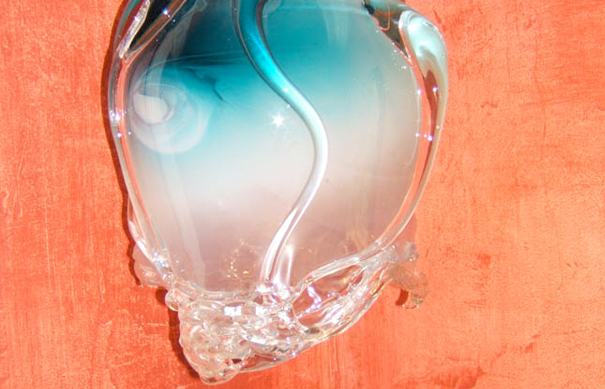
Aqua Storm. Designed by Ian Worling of Blown Glass.
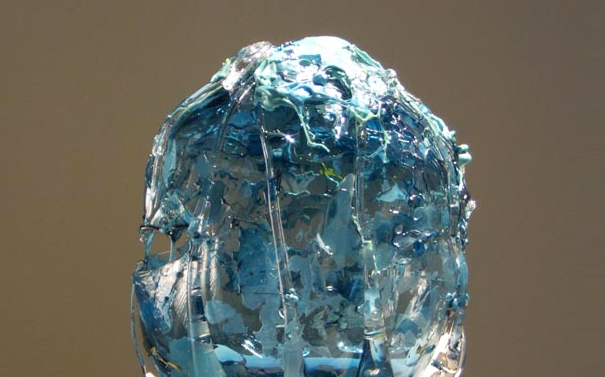
Seeping Decay With Turtles. Designed by Ian Worling of Blown Glass.
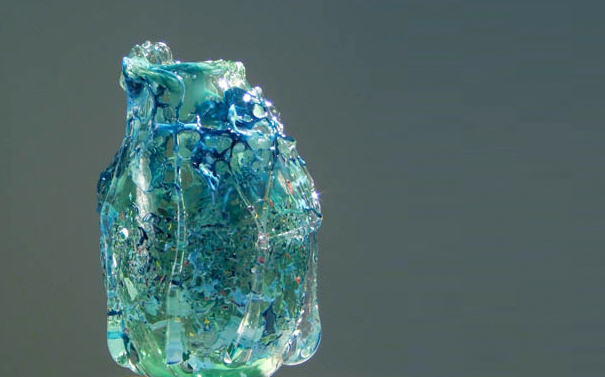
Vortex. Designed by Ian Worling of Blown Glass.
Worling’s aesthetic seems to be midway between Bergmans’ randomized and ultra-thin forms and the careful refinements of a Murano Chandelier. Pieces such as “Iris Gold” and “Aqua Storm” evoke an earthy sensuality that attests to the professed organicism, yet they have an other-worldly quality that contradicts this terrestrial bent as well: the former possessing a sinewy corporeality that borders on the grotesque (I’m somehow reminded of things that were never meant to be seen, as in a human blood vessel under a high-powered microscope); and the latter displaying a form and color palette suggestive of sky and ocean - of the vaporous languor of clouds, or the aqueous propulsion of an iridescent jellyfish. Other creations include “Seeping Decay with Turtles,” which features individually cast figurines of the aforementioned reptiles, applied while the whole piece is yet in a state of molten flux; and “Vortex,” again featuring the enigmatic turtle-ettes, applied hot to the lamp’s exterior. With these unsettling yet engaging pieces, Worling has etched out a place for himself among the world’s premier designers in the medium.
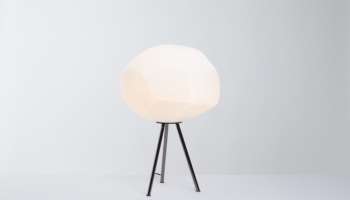

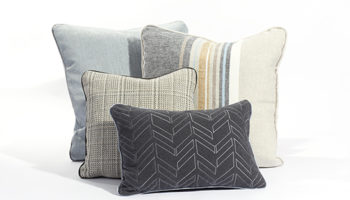

Leave a Reply